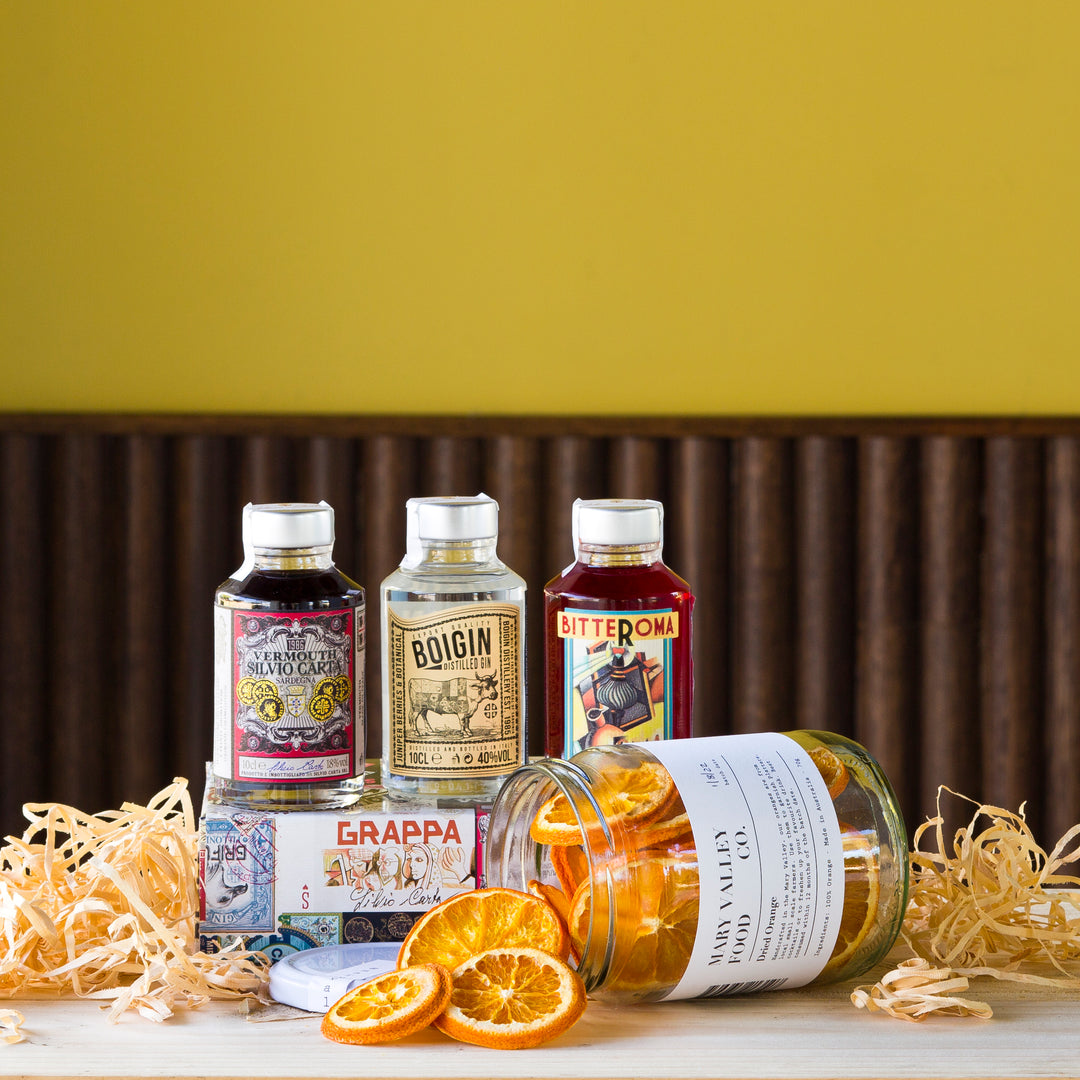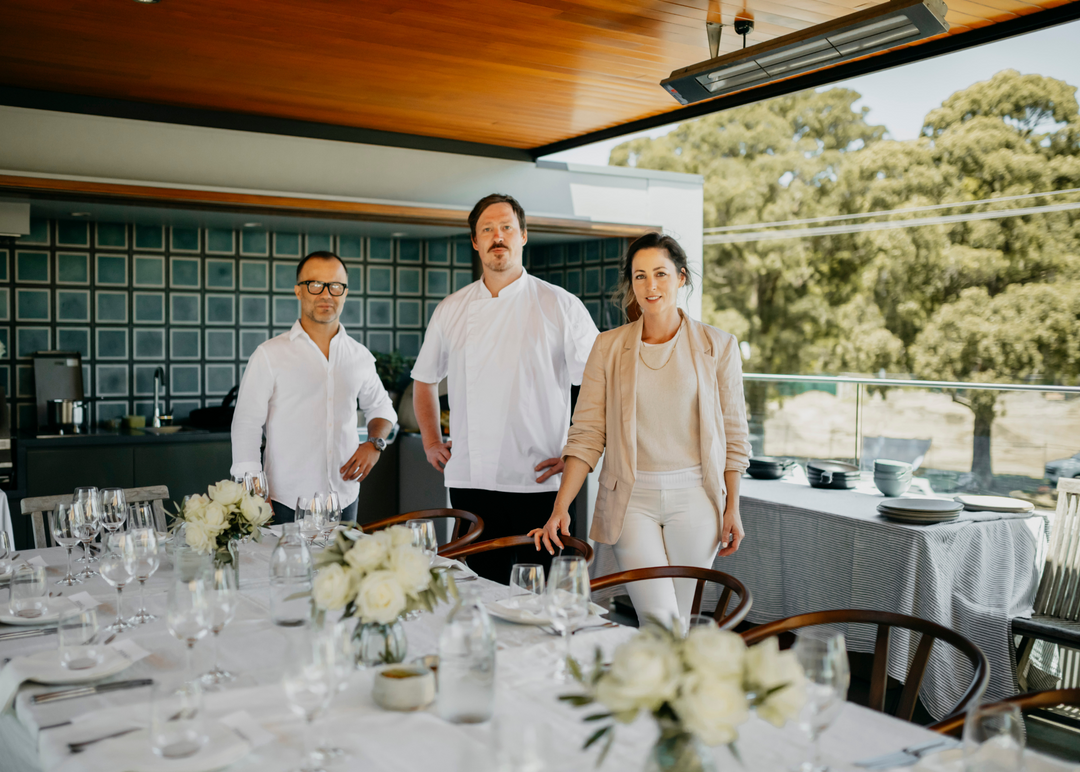S A R D I N I A


What's not to love about Sardinia? Its emerald calm sea, white sand beaches with amazing rock formations, one of the best cuisines in the world and of course its amazing wine. No wonder Australians are falling in love with Sardinian wine and food.
We recently were part of a Sardinian regional dinner at Capriccio on Norton Street, Leichhardt, which sold out weeks before. It was an amazing five course dinner with matched wines for $65! The food was outstanding and at that quality and value I have already booked myself in for the next series of dinners every first Tuesday of the month. Giovanni Pilu has his beautiful restaurant in Freshwater which has a cult following (if you haven't tried his roasted suckling pig or Seadas, a classic cheese filled ravioli fried dessert with honey, then you better get yourselves there). The Welcome hotel in Rozelle has also got an amazing Sardinian restaurant 'Ajo' where I have had the best malloreddus I have ever eaten . . . sorry Mama Marilena!
Sardinia is very different from mainland Italy. The food reflects African-tinged flavours and they have a language all of their own closest to Latin. Sardinians also have a particular take on cheese. Pecorino cheese, made from sheeps milk, is eaten daily all over Sardinia. A delicacy is the version full of maggots. Seriously. Over the years I have been challenged to eat all sorts of 'delicacies'.
Sardinian history is very rich and long. Amongst its wonders are the mysterious megalithic edifices and fortress-like dwellings of the bronze and iron ages that still stand called Nuraghi. They have no foundations and stand only by virtue of the weight of their stones, which may weigh as much as seven tonne each. Today there are more than 7000 Nuraghi over Sardinia's coast.



The beautiful Mediterranean island of Stefano's birthplace lies 200km off the western coast of Italy. It is as close to Africa as it is to Italy and only 12km from the French Island of Corsica.

Approximately 85% of Sardinia consists of mountainous plateaux where granite and volcanic rock have been covered by pasture and woods. Although these areas are well suited to viticulture, they are rarely utilized. Instead, most vineyards are planted in the rolling hills and flat lands at lower levels. Low training of vines is necessary for protection from damaging winds. Irrigation is a recent modernisation necessitated by the island's low rainfall.
Sardinian wines do not have much in common with those produced in the rest of Italy. Because of the island’s remote position and historic influence from other cultures, Sardinia's wines have a unique character. This character is considered to have more in common with Spanish wines than Italian.
Sardinia has 19 DOCG and DOC approved wine appellations with a few sub regions. Many of Sardinia’s grape varieties show the Spanish influence on the island, especially the reds. Cannonau is Sardinia’s most prolific red grape which comes from Spain’s Garnacha or France’s Grenache. Monica is another popular grape variety that also comes from Spain. Sardinia's primary grape varieties are:
White Grapes: Vermentino, Torbato, Nuragus, Moscato, Malvasia
Red Grapes: Cannonau, Carignano, Monica
Stefano is so proud of his heritage and heck after 10 years being married to a Sardinian, I have a sense of ownership of this beautiful land too. We are passionate about representing wonderful producers from Sardinia here in Australia. We currently have four producers from Sardinia - 6MURA, Columbu, Cantina Della Vernaccia and Cantine Loccizuddas. We are excited to have a new shipment on its way with two new Sardinian producers. We will keep you posted.
A Chent'annos!
Rachel & Stefano xx






